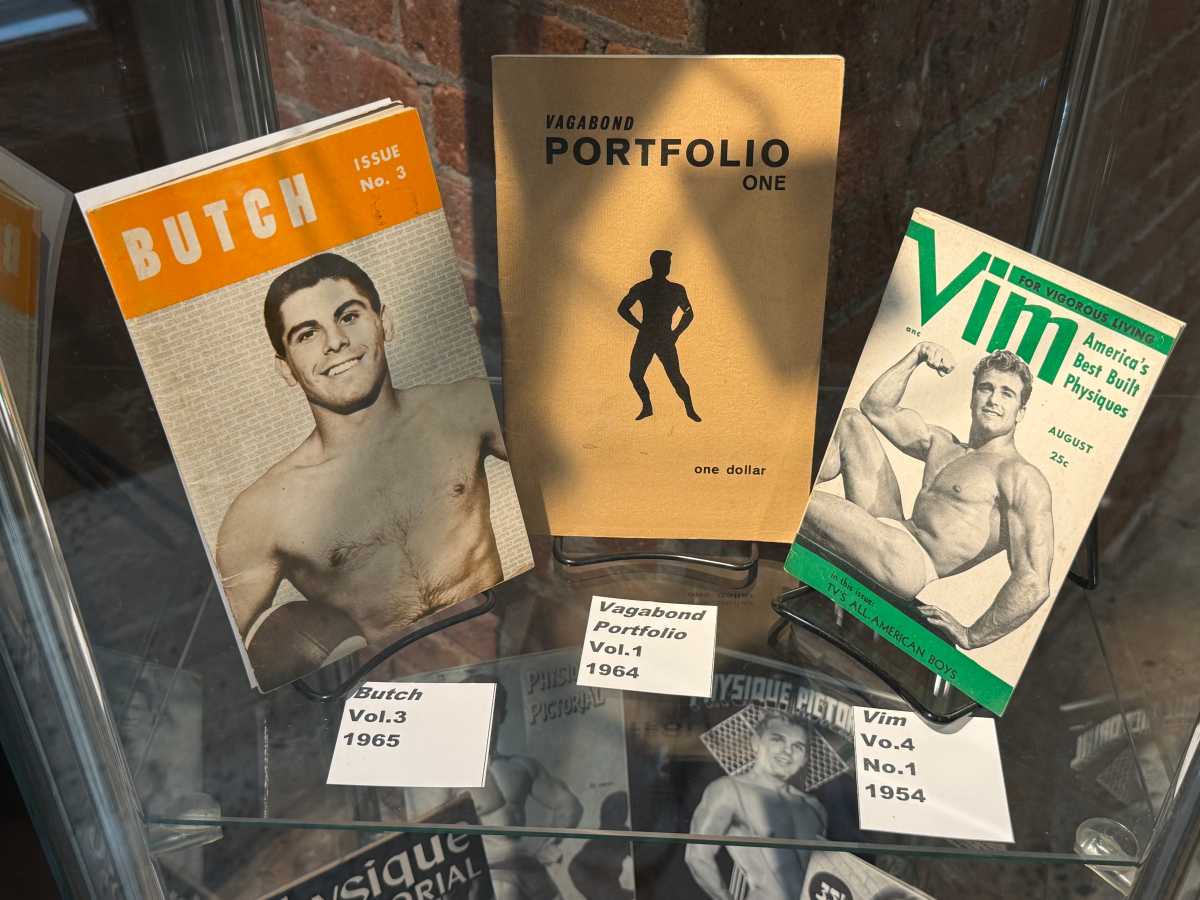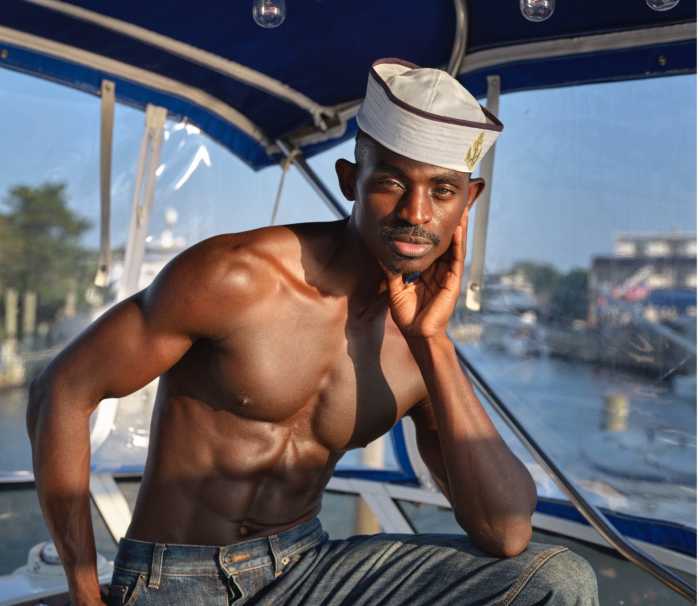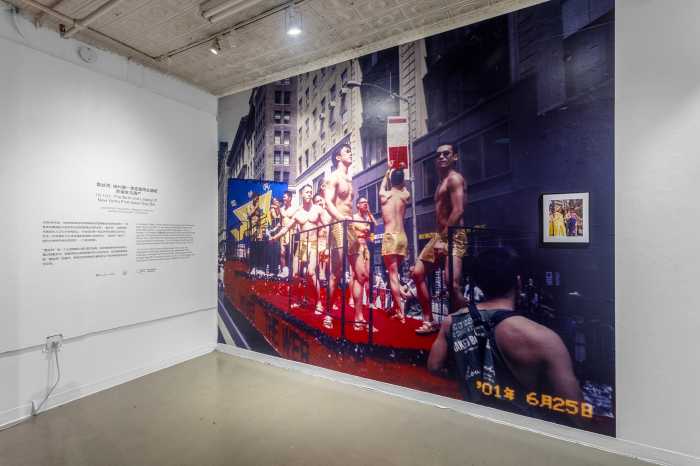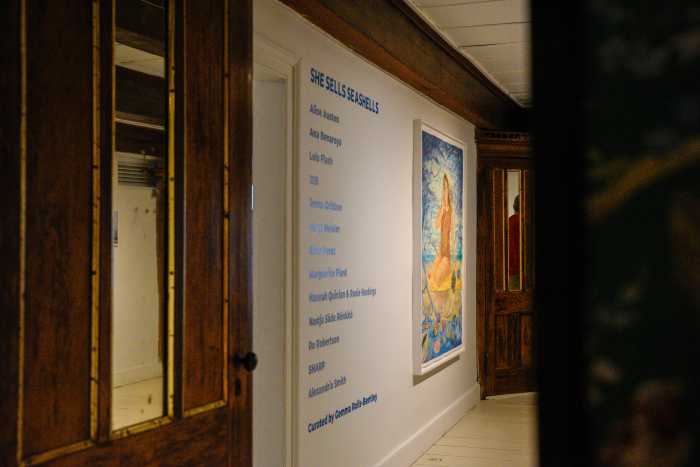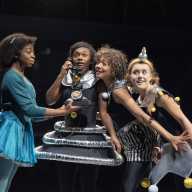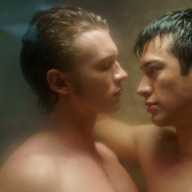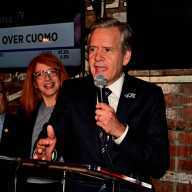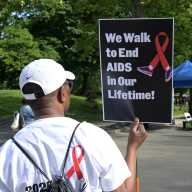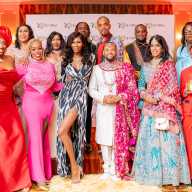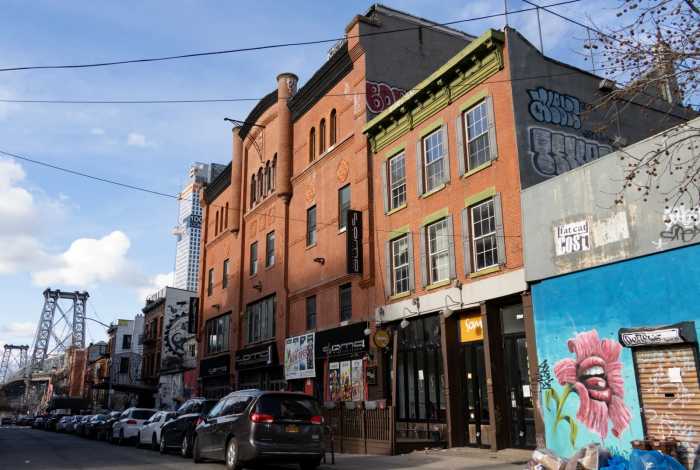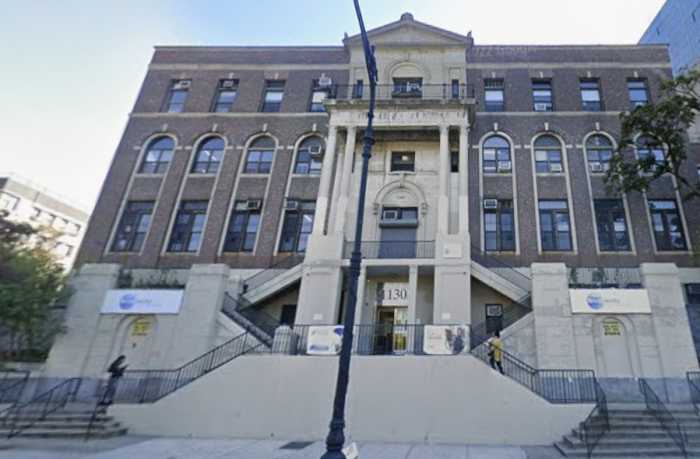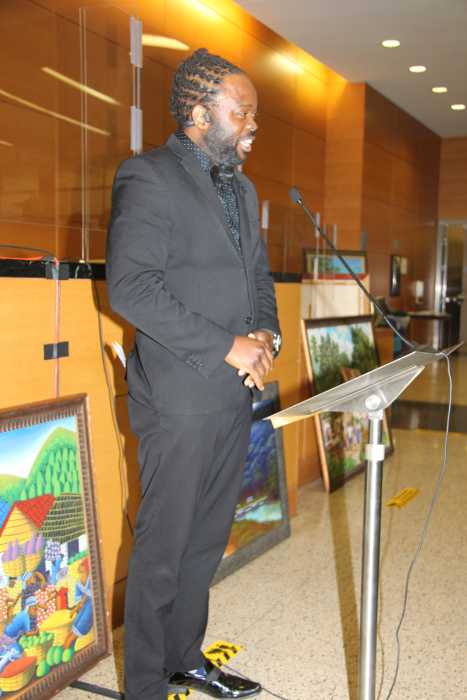Throughout the mid-late 20th century, many parts of queer life in the United States were relegated to the shadows, to a labyrinth of disguises, of chance encounters in bathrooms, or handkerchiefs with concealed meanings. Accompanying this world of secrecy was a universe of often underground magazines and publications that informed their community, while providing an outlet for pleasure and connection.
“MENERGY,” an exhibition in the fittingly-titled Little Underground Gallery of the Jefferson Market Library in the West Village, offers an introduction to the clandestine world of gay male magazines published between the 1940s and 1980s, bringing them out of the closet and into the spotlight.
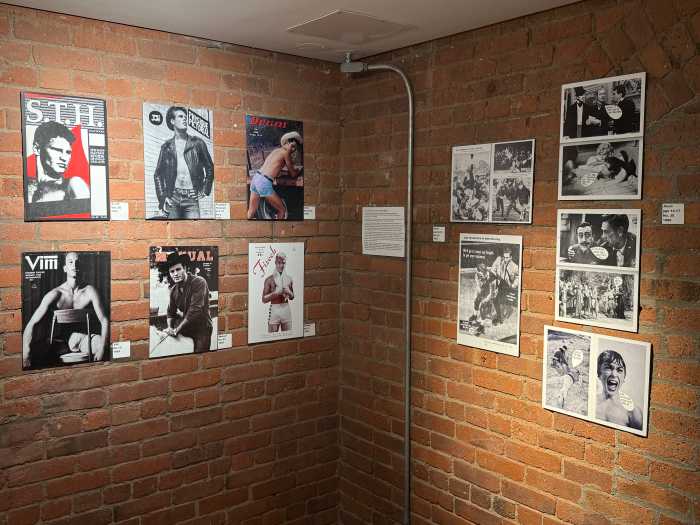
Most of the magazines on display, both in their original pocket-sized format and reproduced as larger-than-life prints, feature photographs and drawings of scantily-clad and often muscular men, catering to a different type of male gaze than heteronormative society is accustomed to. But don’t write them off as nothing but sexual content: At their core, many also carried overtly political messages and their writers and editors were activists and changemakers.
“Drum,” published in Philadelphia from 1964 to 1969, for instance, took its name from a Henry David Thoreau quote: “If a man does not keep pace with his companions, perhaps it is because he hears the beat of a different drummer.” Published by “homophile” activist group the Janus Society, next to photographs of men it also featured comprehensive coverage of gay news around the world and country, from court cases to an attempt to legalize same-sex marriage in Denmark. There was also an investigation into an ad placed in the New York Times by Tiffany & Co. clarifying the jeweler’s stance against selling earrings to men.
The publication was also campy — in one section it republishes from other (straight) publications “gay moments in news coverage,” and even adds text to famous moments in pop culture, in what appears to be a precursor to memes. Another section featured an analog, mail-in match-making service.
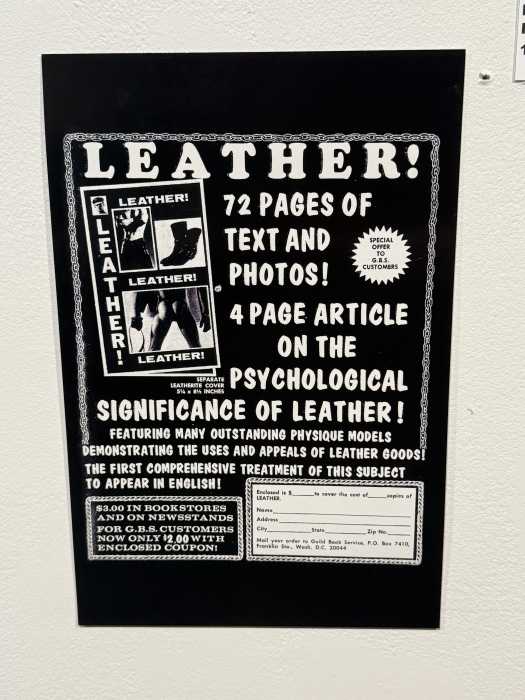
“Fizeek Art Quarterly” was published by H. Lynn Womack, who in 1960 was arrested for sending obscene materials through the mail, paving the way for a Supreme Court Case that ultimately determined that erotic material intended for gay men was not, in fact, obscene under the law.
The earlier so-called “physique” magazines in the collection, like “Tomorrow’s Man (1952-71),” displayed images of sexy men and male celebrities like then-closeted Tab Hunter next to short articles about how to improve one’s form, subtly (or perhaps not so subtly) alluding to the fact that much of their clientele was, in fact, gay men.
When he started collecting these magazines less than a year ago, “I didn’t know what I was getting into,” said Jonathan DeBusk, whose collection is on display. “I think I’ve only scratched the surface. … At first I thought it was just magazines with very attractive men … But then I saw it was so much more than that.”
Jonathan DeBusk, an avid reader of vintage gay literature by authors like Alan Hollinghurst, began searching for these magazines with a fascination to understand the world that LGBTQ people lived in not many decades ago.
His father, Gary DeBusk, a pastor in the Southern Baptist Church in Jacksonville, Florida, came out as gay just three months after Jonathan came out to him, after spending much of his life living a secret double-life and being arrested for being caught cruising, a story which he shares in an essay he wrote for The Advocate in 2004.
“I think I’m trying to understand what he went through, in the 60s and 70s, So I think I’m drawn to it for that,” DeBusk told Gay City News. “I’m attracted to understanding that world and what it was like.”
When his father died in 2007, DeBusk said he came across correspondences he had with other men. Some of the magazines in his collection, he said, had classified sections through which people across the country would build connections, leading him to wonder how his father participated in that same world.
DeBusk’s friend from childhood in Florida, Corinne Neary, is a librarian at the Jefferson Market Library, leading to their collaboration.
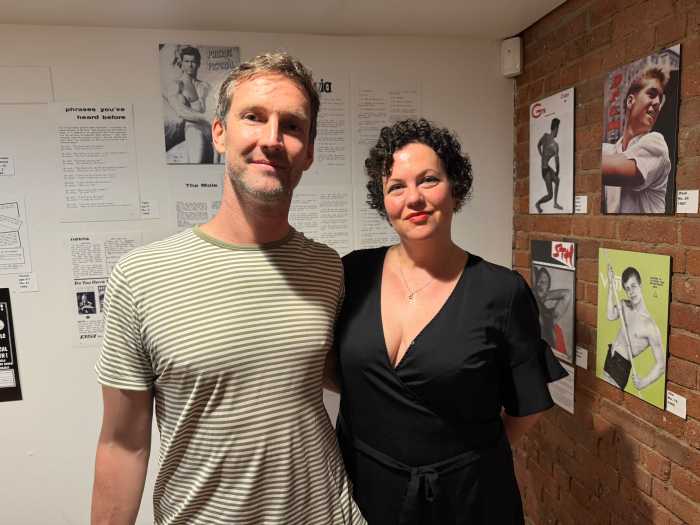
In a world before Grindr and other dating apps, “what we’re celebrating with the show is that physical quality,” Neary said. “So much of that’s been lost with online media. It is different to hold something in your hands and actually own it, to keep it hidden in your drawer.”
The library, just steps away from Stonewall, felt like the perfect place to showcase the magazines, especially during Pride month, Neary added.
DeBusk continues to collect 20th century magazines, scourging eBay on a nearly daily basis.
“I’m a little obsessive,” he admitted. “Now my mission is to get all of the Drums.”
“MENERGY: Gay Male Magazines of the 1940s-1980s” is on exhibit at the Jefferson Market Library, 425 Sixth Avenue in Manhattan, through July 31.

